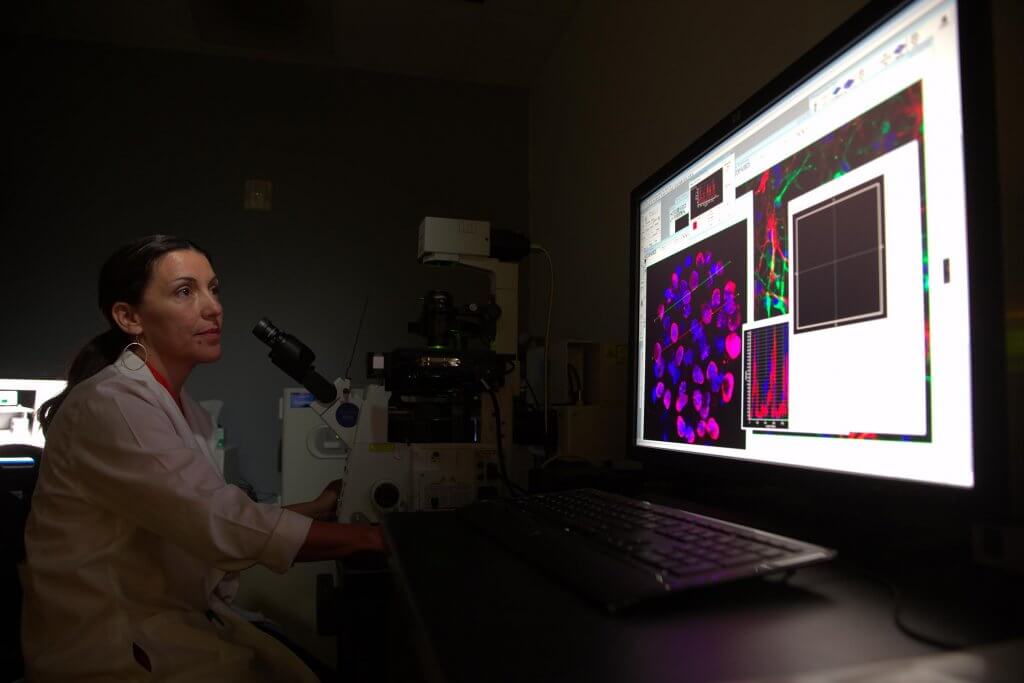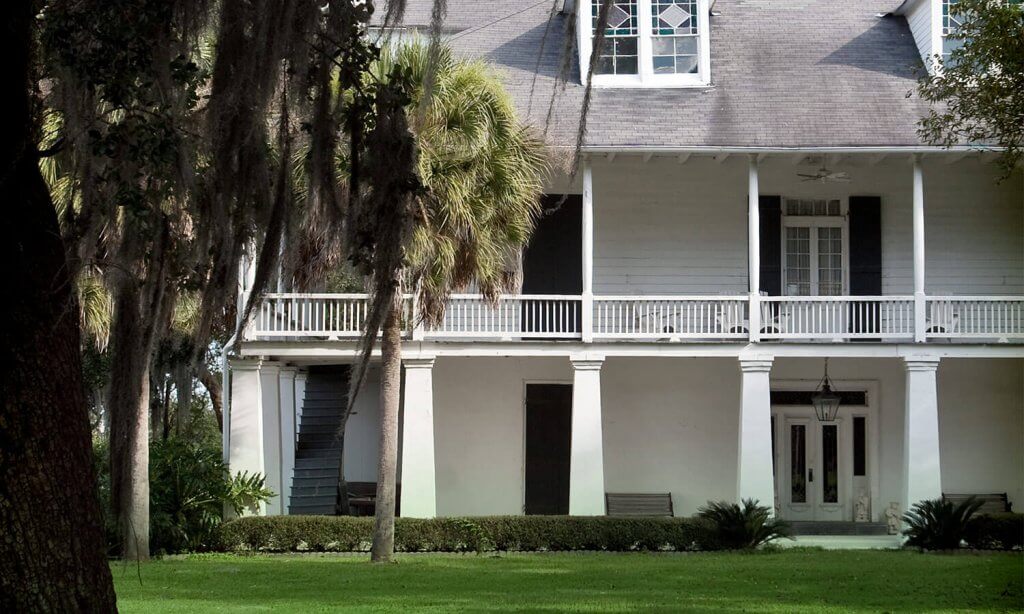
Staying Safe in New Orleans
Public safety and crime prevention should rightfully be part of the discussion about everyday life and neighborhood selection in any modern city.
People attracted to the energy and amenities of New Orleans’ city center generally understand that it comes with nominally higher rates of routine traffic incidents, street crime, and other realities of urban life. Those who prefer the benefits of suburban or small-town living, on the other hand, will find plenty of communities that match their tastes throughout the region.
Like the rest of its Gulf Coast and Southeast neighbors, the Greater New Orleans region does face hurricane risk. However, thanks to modern weather tracking, hurricanes are one of the most predictable weather phenomena, allowing for advanced planning and precautionary measures.
Statistically, Louisiana is one of America’s safest states with respect to natural disasters. Since 2000, Louisiana has had 40 federally declared natural disasters, seven less than the national average of 47 declared disasters per state. Outside of hurricane season, which lasts from June 1 through November 30, Greater New Orleans experiences very little severe weather.
Law Enforcement
Like all major urban areas, crime in New Orleans is concentrated in a few pockets, while most neighborhoods have seen significant improvements. In fact, New Orleans is leading the decline in violent crime across the nation. Murders and non-fatal shootings are both down by over 40%, with carjackings reduced by nearly half. Juvenile homicides, a key concern in recent years, have also seen dramatic declines, signaling remarkable progress.
The New Orleans Police Department continues to be recognized nationally as a model for reform, with ongoing improvements in transparency, officer training, and community engagement. Leveraging data-driven tools like drones, license-plate readers, and real-time crime cameras, the NOPD and its partners remain focused on creating a safer, more resilient city.
The NOLA Coalition has been a driving force behind these improvements. Launched in 2022, the coalition unites over 570 organizations around a shared commitment to reducing crime and investing in youth. By advocating for higher police salaries, retention bonuses, and a national search for police leadership, the coalition helped stabilize the NOPD while raising $8 million toward youth programs. This holistic approach—combining enhanced public safety with long-term community investment—continues to foster meaningful change across New Orleans.
Events and Tourism
More than 18 million tourists visit New Orleans each year to enjoy all the city has to offer, and local public safety officials are well-versed in the complicated issues surrounding high-traffic events. The city’s annual Mardi Gras celebrations and Jazz and Heritage Festival require complex strategies and considerable infrastructure to run smoothly year after year. Together with the many national and international sporting, music, and corporate events that occur here each year, New Orleans is a world model for crowd management safety techniques and special event coordination.
Emergency Preparedness
Since 2000, there have been nearly 3,700 FEMA Disaster Declarations in the United States. Less than 2% of them occurred in Louisiana. Here, the risk is hurricane. Threats of other disruptive weather, including earthquakes, wildfires, tornadoes, snowstorms, and landslides are rare or non-existent here.
Approximately once every decade, a mandatory evacuation is declared ahead of a severe or dangerous storm that is expected to make landfall. Contraflow lanes are opened allowing quick exits, and each affected parish operates evacuation systems to assist the elderly, handicapped, or those without transportation.
In the Greater New Orleans region, $14.6 billion has been spent on hurricane protection and flood control since 2006, including 133-miles of flood protection and the largest drainage-pump station in the world.

Find Your Dream Job
From tech to healthcare to manufacturing and beyond, explore the many career opportunities awaiting you in New Orleans.

Neighborhood Finder
However you live, you can live here. Discover which of New Orleans’s diverse neighborhoods best fits your preferences.